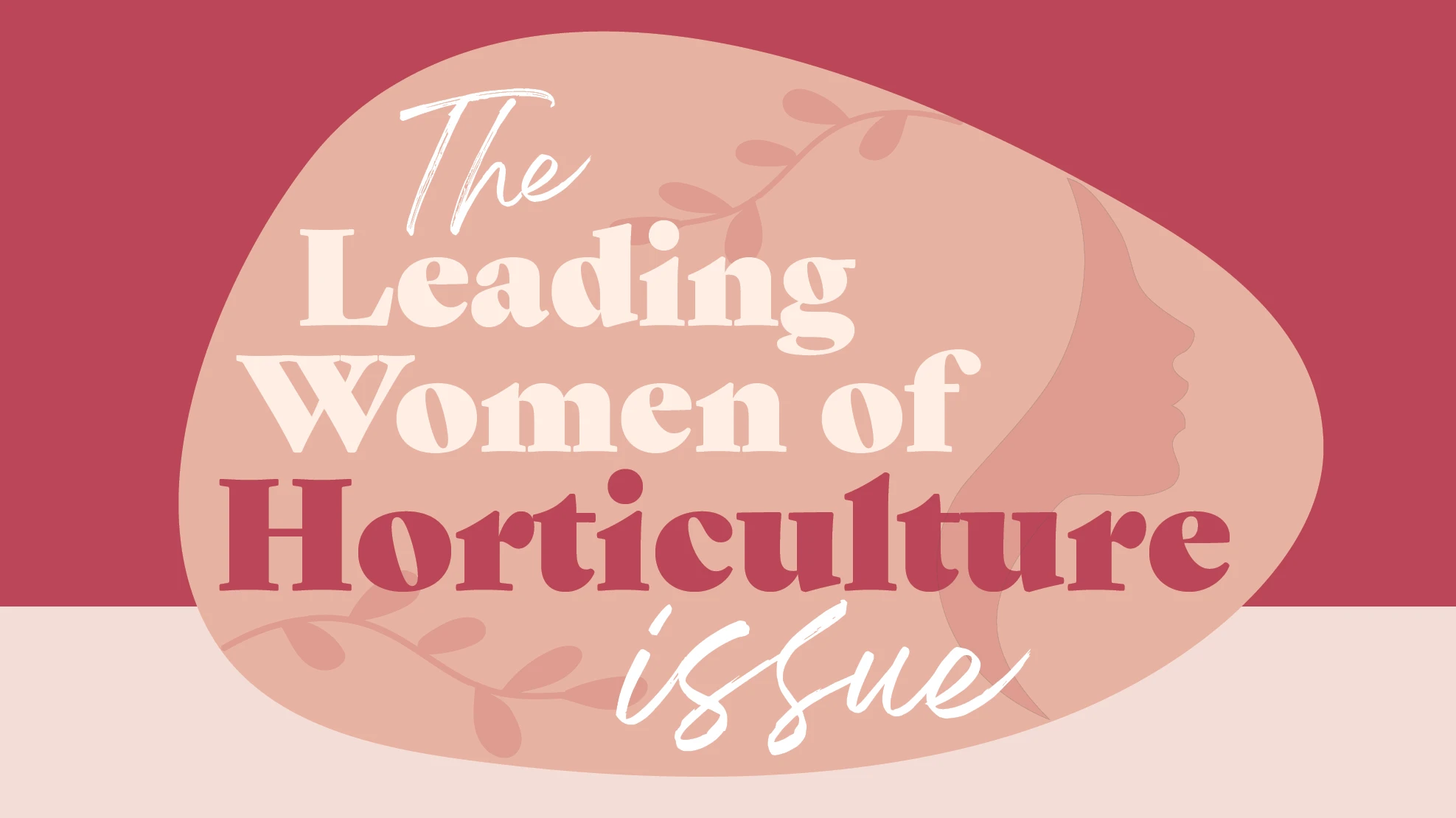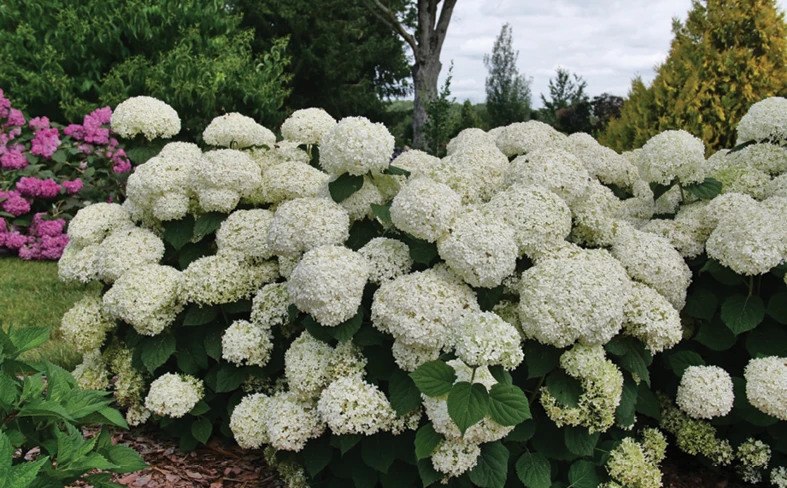 One sure way to add sizzle to a garden or container combination is to mix in some tropical plants. The unique foliage and flower power of many warm-weather plants is sure to pay their way during summer. From unusual forms to fragrant flowers, tropical plants live up to their reputation as exotic.
One sure way to add sizzle to a garden or container combination is to mix in some tropical plants. The unique foliage and flower power of many warm-weather plants is sure to pay their way during summer. From unusual forms to fragrant flowers, tropical plants live up to their reputation as exotic.
The romantic history of collecting and growing tropical plants is further cause for consumers to want them. For centuries people worldwide have been drawn to the lush, variegated or colored leaves not found in most typical gardens. And no one can resist the fragrance of gardenias and citrus in bloom.
Colorful crotons
One of the most familiar tropical plants is the colorful croton. Newer introductions coming out of Florida are sporting brighter colors and long, narrow, spiraling leaves. The ribbon leaf or “dreadlock” types look great cascading out of a pot.
 Croton ‘Dreadlocks’ will cascade out of a container. Photos by Rita Randolph
Croton ‘Dreadlocks’ will cascade out of a container. Photos by Rita Randolph
Surprising succulents
When you say “succulent” or “cactus” for a container mix, most people think of sedums and echevaria rosettes. These are wonderfully textured plants, but euphorbias are also very interesting plants, many with beautiful flowers.
Euphorbia splendens (crown-of-thorns) has a few spines, but some newer hybrids boast bright, 1- to 2-inch bracts of white, yellow, pink, peach and red. The effect of combining these family members with euphorbia ‘Diamond Frost’ provides the floriferous look of baby’s-breath in a drought-tolerant, water-wise planter.
Tropicals with scent
Alocasia and colocasia
Colocasias and alocasias are popular accent plants with many shapes and sizes to choose from. The general difference between the two is that alocasias usually prefer dry shade, and colocasias like moist sunny conditions. One of the newer introductions, colocasia ‘Elena,’ is a golden, chartreuse color with purple dots that appear in the midrib of the leaves and persist down the stems. This helps pick up that same purple color when mixing with other flowers and plants. Alocasia ‘Lutea’ is a chartreuse elephant-ear with sturdy stems that hold upward-facing leaves with bright-golden veins. The leaves really stand out in the landscape.
 Colocasia ‘Elena’ is a sturdy, fast-growing plant with purple spots on the leaf and stem.
Colocasia ‘Elena’ is a sturdy, fast-growing plant with purple spots on the leaf and stem.
Popular inside and out
Aglaonema (Chinese evergreen) has also been a popular houseplant and interiorscape plant since the 1970s. New cultivars like ‘Ruby Sunset’ are being introduced from Thailand. Although these plants are limited in availability, propagators are working to increase numbers.
Syngoniums or nepthytis were popular houseplants in the ‘70s, but are now valuable container garden components. Syngoniums have a wide range of colors and shapes to the leaves, from green and white variegation to pink and deep-violet veins. Their colorful foliage can compete with caladiums in any shade-loving combination, plus they will eventually vine and spill out of the arrangement.
Variegated in the shade
The interesting patterns, colors and variegated leaves of stromanthes make them irresistible for shade containers and plantings. Many strongly variegated foliage plants like stromanthe occasionally struggle with tip-burn. Flushing the growing medium with plain water helps to prevent soluble salt buildup. Irrigating with distilled, well water or purified water prevents most salts from ever building up. These plants also prefer lower rates of fertilizer and ammonium than many plants.
Go ape for bananas
Bananas are probably the most famous plants to give a tropical feel. Many varieties exist, including several hardy to Zone 5 or 6, but a few newcomers have really gotten my attention.
The largest and deepest pure-red banana is Ensete ‘Tandara Red.’ It grows thick, succulent, solid-red leaves with a darker midrib. Its robust size makes it perfect for planting in a bold mixed border. Musa ‘Siam Ruby’ is another brilliant foliage plant with deep-burgundy coloration and a more modest growth habit.
Combo components
Tropical plants can stand alone, and others are just screaming for companions. Sansevieria is one such plant. I’ve had a lonely one for years, but I’ve found that by mixing them with other shade-loving plants, their value dramatically increases. Their strong linear form complements shorter, compact plants in mixed containers.

Explore the April 2010 Issue
Check out more from this issue and find your next story to read.






